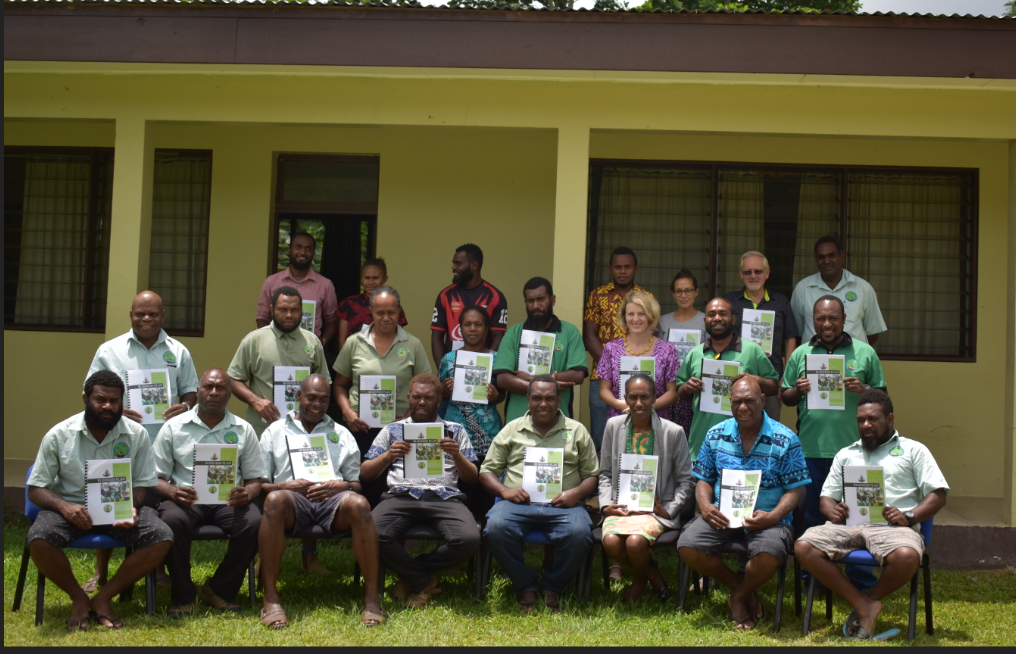Department of Agriculture and Rural Development

The Vanuatu Department of Agriculture and Rural Development (DARD) is an established department responsible for the monitoring and development of Agriculture sector in the country. Vanuatu has a population of 234, 000 people across 80 islands. The population is rising but the number of households engaging in cash crop agriculture is going down as more people move to urban areas. In Vanuatu, 80% of the population depends entirely on subsistence agriculture for their daily sustenance and well-being. The other 20% of the population are based in urban areas but still rely on the agricultural products from market centres. Vanuatu’s total land area is 1,223,178 hectares of which only 492,177 hectares is good agricultural land. This is only 40% of the land area of the whole country, or 10.4 hectares per household.
Agriculture is very important to Vanuatu’s Gross Domestic Product (GDP – the value of all of all the goods and services produced in a country.) 75% of the Primary Sector contribution to GDP comes from Agriculture, 15% of overall GDP.
There are officers based on each provinces who are willing to assist farmers in their production thus improve their livelihood.




